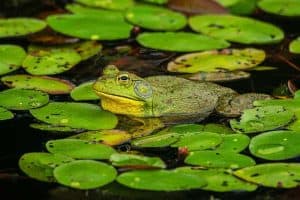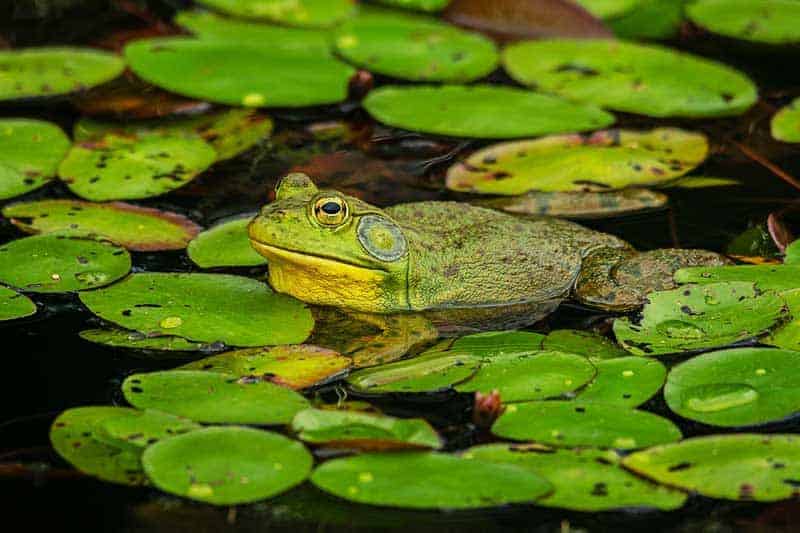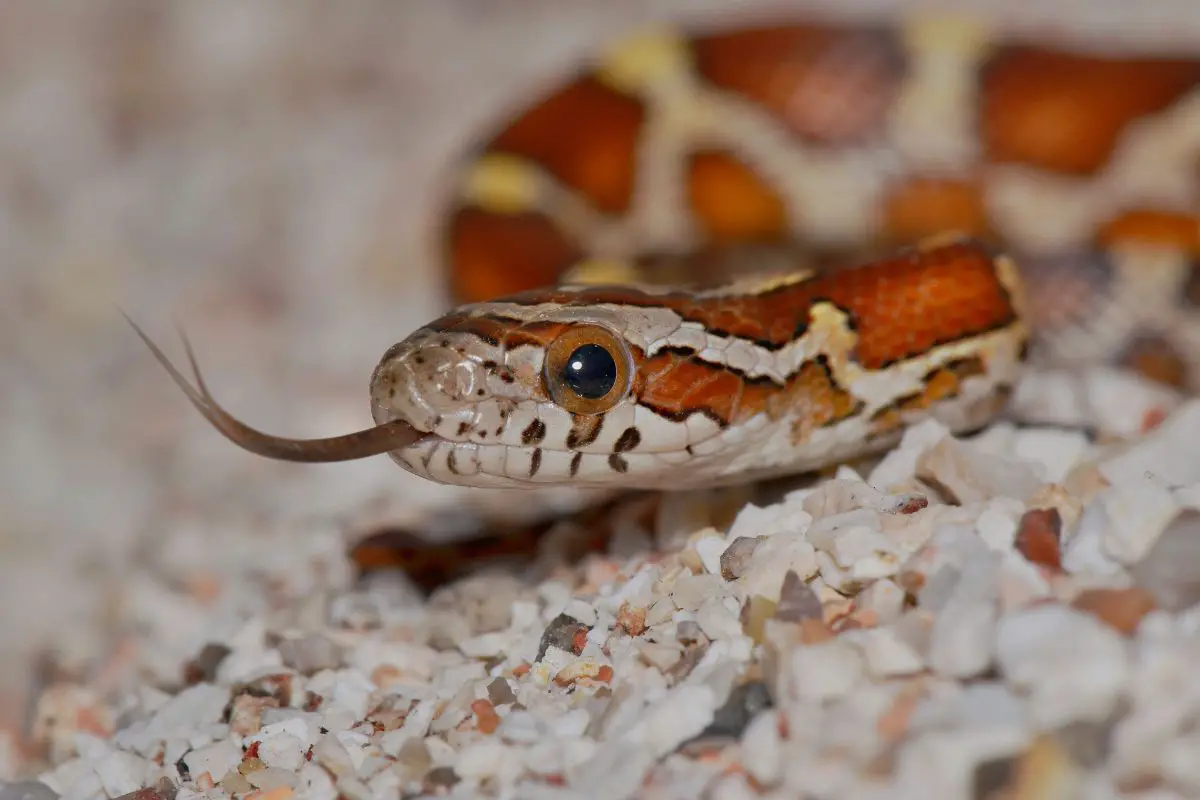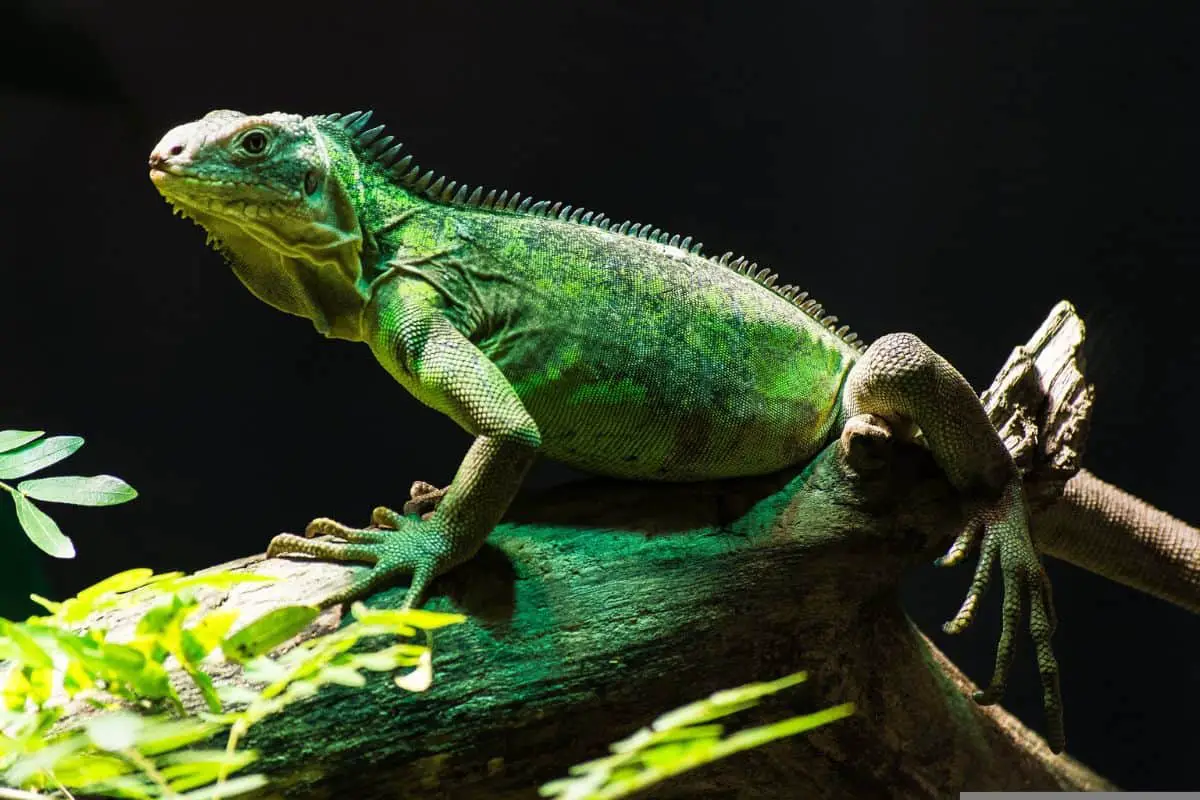Amphibians are fascinating creatures with a myriad of peculiar traits that set them apart from most other animals, and their respiratory system is no exception to this uniqueness. Do amphibians have lungs or do they breathe through gills? The answer lies in their somewhat complicated respiratory system.
Do Amphibians Have Lungs or Gills?
Amphibians undergo a fascinating respiratory transition throughout their life cycle. In their aquatic larval stage, such as tadpoles, they predominantly respire through gills, extracting oxygen from water. However, as they undergo metamorphosis and transform into adults, most amphibians develop functional lungs, allowing them to breathe air in their terrestrial habitat
Do Amphibians Breath Through Gills Or Lungs?
How amphibians breathe depends on the stage of life they are in. Most amphibians live in water when they are young, so they will grow and use gills and cutaneous breathing to survive, but as they grow, the gills will disappear and be replaced with lungs; the cutaneous breathing will stay.
Amphibians are animals that are considered to have dual lives as they begin life as aquatic larvae, and then they transition and grow into life on land when they are adults. This means that they have to develop different breathing methods as they grow into their different stages of life.
The young amphibians, like tadpoles that spend their time in the water and that never leave the water until they are fully developed, use gills for breathing.
In these aquatic life stages, amphibians also develop the ability to breathe through cutaneous breathing, which is breathing through the skin, to help ensure their survival. Cutaneous breathing can also be done in water that is well oxygenated and not only in the air.
Then as the young amphibian develops and grows into an adult, the gills usually grow over, and the amphibian transitions to using lungs to breathe along with the cutaneous breathing.
The lungs of an adult amphibian are primitive when compared to the lungs of a mammal, and adult amphibians have a reduced diaphragm compared to other lung breathers, so when they breathe via their lungs, it is forced, and they have to do it consciously.
These factors are why adult amphibians still need cutaneous breathing to survive when they are fully mature, as breathing through their lungs is difficult for them.
However, there are some amphibians that retain their gills into adulthood, but scientists are unsure if they still use them for respiratory purposes or not.
However, there are some amphibians that never metamorphose into their adult stages, like the Axolotl, so they keep their gills for breathing for their entire lives as they live in the water.
How Does Cutaneous Breathing Work?
So, amphibians use cutaneous breathing to help increase their oxygen levels when breathing via their lungs is too difficult, but what exactly is cutaneous breathing?
Cutaneous breathing occurs through counter-current exchange; the blood circulating through the amphibians’ skin flows in the opposite direction of the absorbing oxygen or surrounding water.
The easiest way you can think of this is two metal pipes being pressed up against each other, and there is water in both the pipes, flowing at the same speed. The water in one pipe is flowing in one direction and is hot, while the water in the other pipe is flowing in the opposite direction and is cold.
As the pipes a pressed together and make contact with one another, the heat from one pipe will transfer to the other pipe. This happens with cutaneous breathing, except with oxygen and carbon dioxide.
The skin of amphibians is extremely thin and permeable to not restrict the blood vessel’s ability to interact with the surrounding air to allow for this exchange to occur.

Every amphibian’s skin needs to stay moist to help this exchange, too, as the moisture helps trap air and oxygen close to the amphibian’s body, where the blood vessels can easily absorb it. Amphibians will sometimes absorb more than a quarter of the oxygen they need through their skin, so this is a pretty important process for them.
How Do Amphibians Breath Through Their Lungs?
Adult amphibians use cutaneous breathing to get a large amount of the oxygen they need for all of their bodily functions, but they also have lungs to get the rest of the oxygen they require. As their lungs are primitive compared to mammals’ lungs, how do amphibian lungs work?
Amphibian’s lungs are simple saclike structures that do not have the spongy appearance internally that mammal’s lungs have. Even though amphibians’ lungs are more primitive, they work similarly to the lungs of a mammal.
The non-oxygenated blood in the amphibian’s body is pumped vis the heart to the animal’s lungs, where oxygen then defuses into the blood. Then the blood is pumped around the body again to supply the amphibians’ tissues with oxygen and then returns to the lungs for more oxygen.
However, there is a major difference with this process in amphibians, which is that the amphibians do not breathe with their lungs automatically; they have to do it consciously. Amphibians do what is called buccal pumping to breathe with their lungs.
Buccal pumping is when the amphibian sucks in air through its nostrils and then closes its nostrils and uses the muscles in its respiratory system by contracting its throat to push the air through to its lungs.
As breathing with their lungs is a very physical way of breathing and requires a lot of energy, the amphibians still have to rely on cutaneous breathing, or they will most likely not survive.
Are There Lungless Amphibians Living On Land?
Even though most amphibians that reach their adult life stages develop lungs so they can live more easily on land, there are a few rare amphibians that are lungless but still live on land, and they seem to be surviving quite well.
Lunglessness in amphibians is quite a rare feature; even though all amphibians breathe through their skin, they only usually get a fraction of what they need from this breathing method, but there are a small bunch of amphibians that have managed to defy the odds and survive by only using cutaneous breathing.
These amphibians are from one family of salamanders from one species of caecilians; these amphibians are called Barbourula kalimantanensis. These are currently the only known frogs in the world that survive with only breathing via cutaneous breathing.
Conclusion
So, amphibians breathe through the use of gills at one stage in their life cycle and then through lungs at a different stage of their lives, but amphibians will always use cutaneous breathing. This form of breathing is the only constant breathing mechanism frogs will continuously use throughout their lives as the other methods tend to be more difficult, especially breathing through the lungs.



